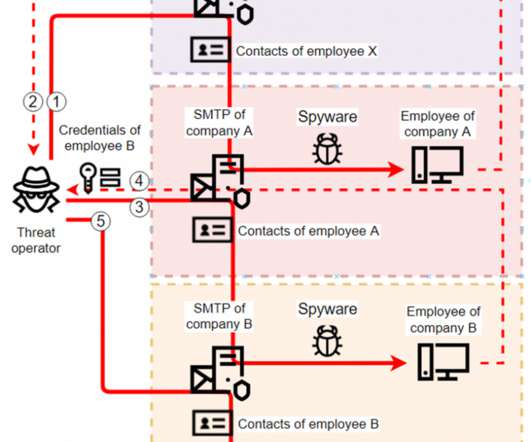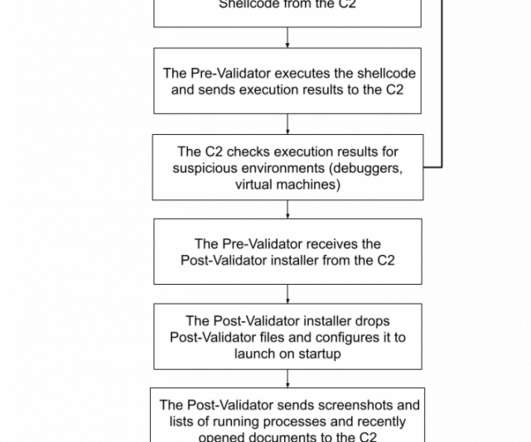Unfixed vulnerability in popular library puts IoT products at risk
Malwarebytes
MAY 4, 2022
Researchers have found a vulnerability in a popular C standard library in IoT products that could allow attackers to perform DNS poisoning attacks against a target device. Similar to other C standard libraries, uClibc provides an extensive DNS client interface that allows programs to readily perform lookups and other DNS-related requests.























Let's personalize your content